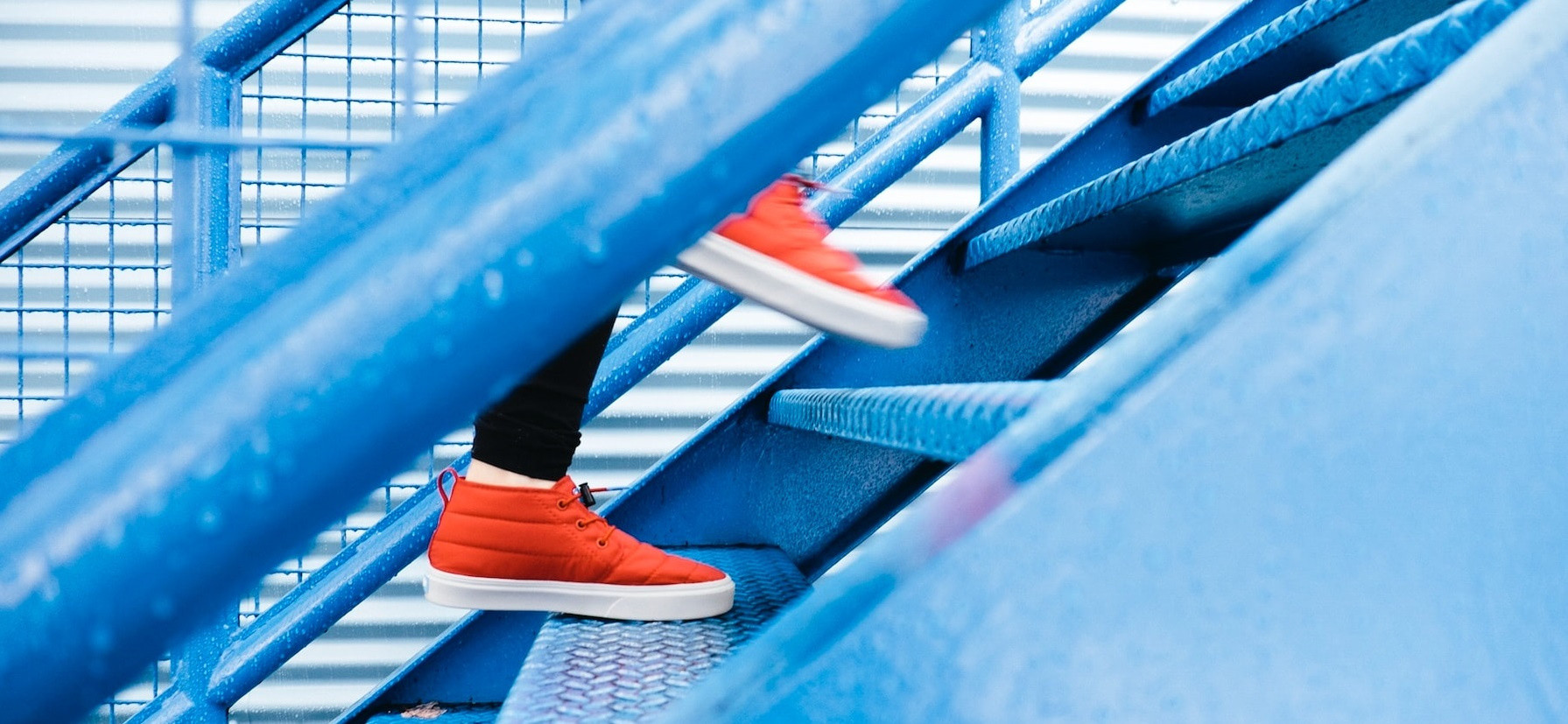Toenails
Thick toenails (Onychauxic)
Thickened toenails are very common and can be very difficult for people to manage themselves. Often they can be confused for a fungal infected nail but are not related to any form of infection.
Thick nails are caused by damage to the nail bed from a number of sources such as:
- Trauma such as dropping heavy object on toe or kicking object
- Repetitive trauma from wearing shoes that are too small or having clawed toes
- Age related changes
- Poor circulation
As the toenail thickens it can put pressure on the ends of the toes and can cause pain. The nails can be cut by a podiatrist and thinned down with an electric burr to reduce any discomfort. This will need to be done repetitively as the nail will continue to grow back thicker.
Fungal toenails (Onychomycosis)
Fungal infections in the toenails can take a long time to develop. It can present as a superficial white infection on the nail surface or as a yellow, crumbly thickened nail as it penetrates through the nail. They are usually painless athough if the nail gets very thick it can cause discomfort from pressure from the thickness. A fungal infection can be confirmed by taking a sample of the nail and getting a mycology study at a testing laboratory. It will generally take 3-4 weeks to get the results.
Once confirmed various treatments can be undertaken but it should be noted that fungal infections are very hard to get rid of once in the nail bed.
Topical treatments involved thinning down of the nail by a podiatrist and then daily application by the patient of either tea-tree oil or anti-fungal nail paints. These prevent the infection from spreading as the new nail grows in and need to be applied continually until the infection has grown out completely which could take many months.
A GP can prescribe oral tablets if there is extensive infection. As these medications have many side effects they can only be prescribed under your doctor's supervision.
It is important to treat the nail infection as it can be a source of tinea or athletes foot in the skin.
Involuted nails
Nails can grow in peculiar shapes that make it very difficult to cut yourself. Involuted nails grow in an arched shape and may sometimes curl around in a complete circle.
These involuted nails can become very painful as they pinch the skin and may also become ingrown. A podiatrist can cut and maintain the nails and in some cases in may be necessary to surgically remove the curved sides of the nails.
Ingrown toenails
An ingrown toenail occurs when the nail curves in at the side and can press on the skin causing pain and swelling. Often people notice that blankets pressing on it at night causes pain or footwear can cause throbbing. An ingrown nail can also cut into the skin causing further pain and infection.
An ingrown toenail can occur in people of any age. They can be caused by genetic nail bed shape and can happen at quite an early age. They more commonly develop after trauma to a nail or a fungal infection causing a thicker nail or else wearing shoes that are too small or narrow.
If an infection has developed you must seek treatment from a podiatrist immediately. Use of oral antibiotics or topical antiseptic creams will help reduce some of the pain of the infection but will not address the cause which is the ingrown nail itself.
Short term treatment
Soaking the foot in warm salty water can help relieve some of the swelling. The podiatrist can cut out the ingrown section of nail easily and it may need a dressing with antiseptic or antibiotic cream. This should provide immediate relief.
Long term treatment
If the ingrown toenail is becoming an ingoing problem or is very severe then permanent removal of that section is recommended. This is simple procedure done under local anaesthetic and involves removing the side of the nail that is in-growing and then applying a chemical (phenol or sodium hydroxide) to kill that corner of the nail bed so that edge does not grow back. This are will weep for a few days afterwards and just requires daily soaking in warm salty water and keeping covered until completely healed. People usually don't experience much discomfort after the procedure and can continue with usual activities. The end result is a slightly narrower toenail but with a straight edge.
To prevent ingrown toenails:
- Trim nails regularly following the natural shape of the nails
- Use sharp clippers or nail scissors, do not pull, rip or tear nails
- Do not pack sides under nail with cotton wool as it can cause an infection
- Cutting a V in the nail will not prevent ingrown toenails

